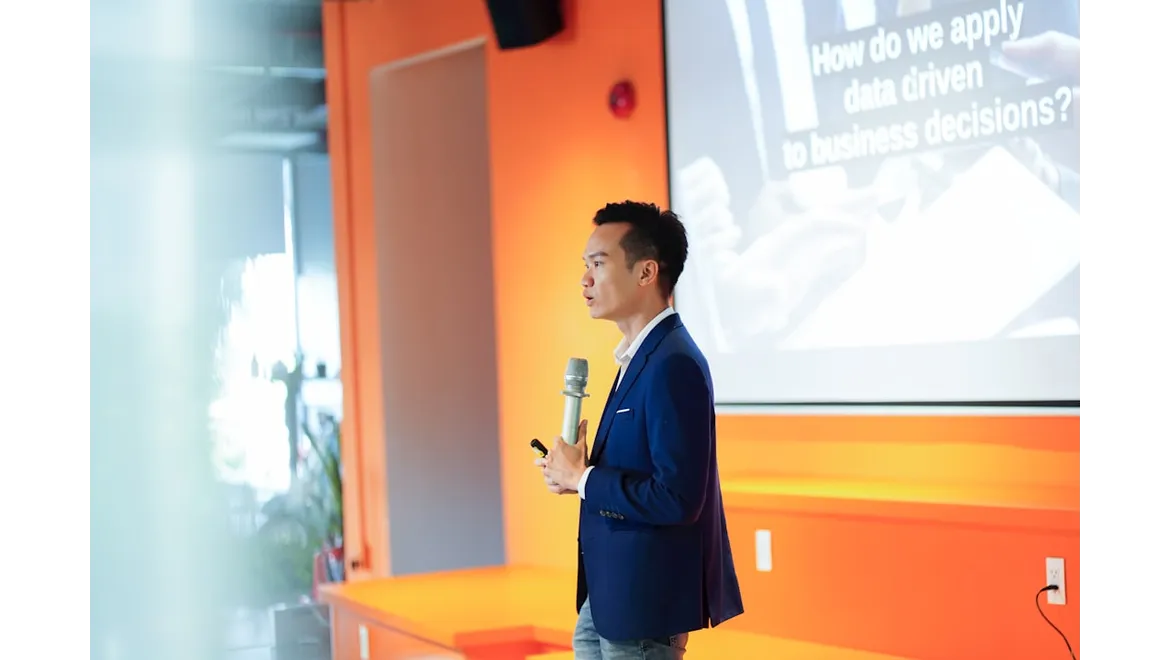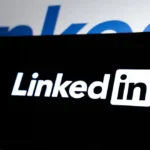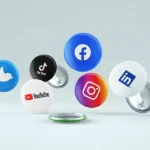Right, so I’ve been diving deep into the world of ethical lead generation on LinkedIn, and honestly, it’s been a real eye-opener. Forget the spammy sales pitches; we’re talking about building genuine relationships and providing real value. My focus? Leveraging data to understand my audience and prioritise my outreach. Let’s get into it.
Understanding Your Ideal Customer: Beyond Demographics
We all think we know our target audience, but do we really? I started by using LinkedIn Sales Navigator. This isn’t just about finding job titles and company sizes. It’s about understanding behaviours, interests, and even career trajectories. Spend some time setting up detailed search filters. Think about the skills your ideal customer possesses, the groups they’re active in, and the content they share.
Here’s the thing, don’t just look at the ‘obvious’ indicators. Consider factors like the size of their network (are they well-connected?), the frequency of their posting (are they active contributors?), and the types of articles they engage with (what topics resonate with them?). This richer profile allows you to go beyond basic demographics and build a real understanding of their needs and pain points. You can then leverage that information when crafting your outreach and connecting on topics that are relevant and helpful.
Mining Data for Content Gold
Sales Navigator also allows you to track leads and accounts, monitoring their activities and updates. This is gold dust for content creation. Are they constantly sharing articles about a particular industry challenge? Then that’s a topic you could address in a blog post or LinkedIn article. Are they commenting on competitor’s posts with specific questions or concerns? That’s an opportunity to offer a helpful and informed response. By actively listening to your target audience’s conversations, you can create content that’s genuinely valuable and resonates deeply.
Predictive Lead Scoring: Prioritising Your Time
Not all leads are created equal. Some are clearly further down the sales funnel than others. This is where predictive lead scoring comes in. The basic idea is to assign a score to each lead based on their behaviour and characteristics. For example:
- Activity Score: How active are they on LinkedIn? Do they regularly post, comment, or engage with your content? A higher activity score suggests they’re more engaged and receptive to outreach.
- Engagement Score: Have they visited your website, downloaded a whitepaper, or attended a webinar? These actions demonstrate a higher level of interest and should be reflected in their score.
- Profile Score: Does their profile match your ideal customer profile? Consider factors like job title, industry, company size, and skills.
While Sales Navigator doesn’t offer built-in lead scoring (natively), you can export data and build a scoring model in a spreadsheet or integrate with a CRM that has these functionalities. Experiment with different scoring models and adjust them based on your results. The goal is to identify the leads with the highest potential for conversion and prioritise your outreach efforts accordingly.
Ethical Outreach: Providing Value, Not Just Selling
Once you’ve identified your target leads, it’s time to reach out. But remember, this isn’t about bombarding them with sales pitches. It’s about building genuine relationships. Personalise your connection requests. Avoid generic templates. Mention something specific that resonated with you from their profile or recent activity. Show them you’ve taken the time to understand their interests and needs.
When you do connect, focus on providing value. Share relevant articles, offer helpful advice, or introduce them to someone in your network. Be genuinely helpful and interested in their success. Remember, the goal is to build trust and establish yourself as a valuable resource. The sales will come naturally as a result of that relationship.
Avoiding the Spam Trap
Let’s be clear: nobody likes spam. It damages your reputation and wastes everyone’s time. Here are a few tips for avoiding the spam trap:
- Personalise your messages: Avoid generic templates and tailor each message to the individual recipient.
- Don’t over-connect: Limit the number of connection requests you send each day. LinkedIn has algorithms to detect spammy behaviour. Sending too many can get you flagged.
- Avoid hard selling: Focus on providing value and building relationships, not just pushing your product or service.
- Respect boundaries: If someone isn’t interested in connecting, don’t push it. Take no for an answer and move on.
- Engage Authentically: Avoid automated responses that don’t add value to the conversion. It’s generally better to respond directly.
So, that’s my journey in a nutshell. It’s about truly understanding your audience and applying that knowledge to how you approach engagement. Using Sales Navigator and other tools to pinpoint what makes your target audience tick is where to start, then by applying a priority based on that understanding, you can tailor the delivery of appropriate and valuable content to each individual. This is how you build trust and ultimately improve your lead generation results – it’s all in understanding and approach.











